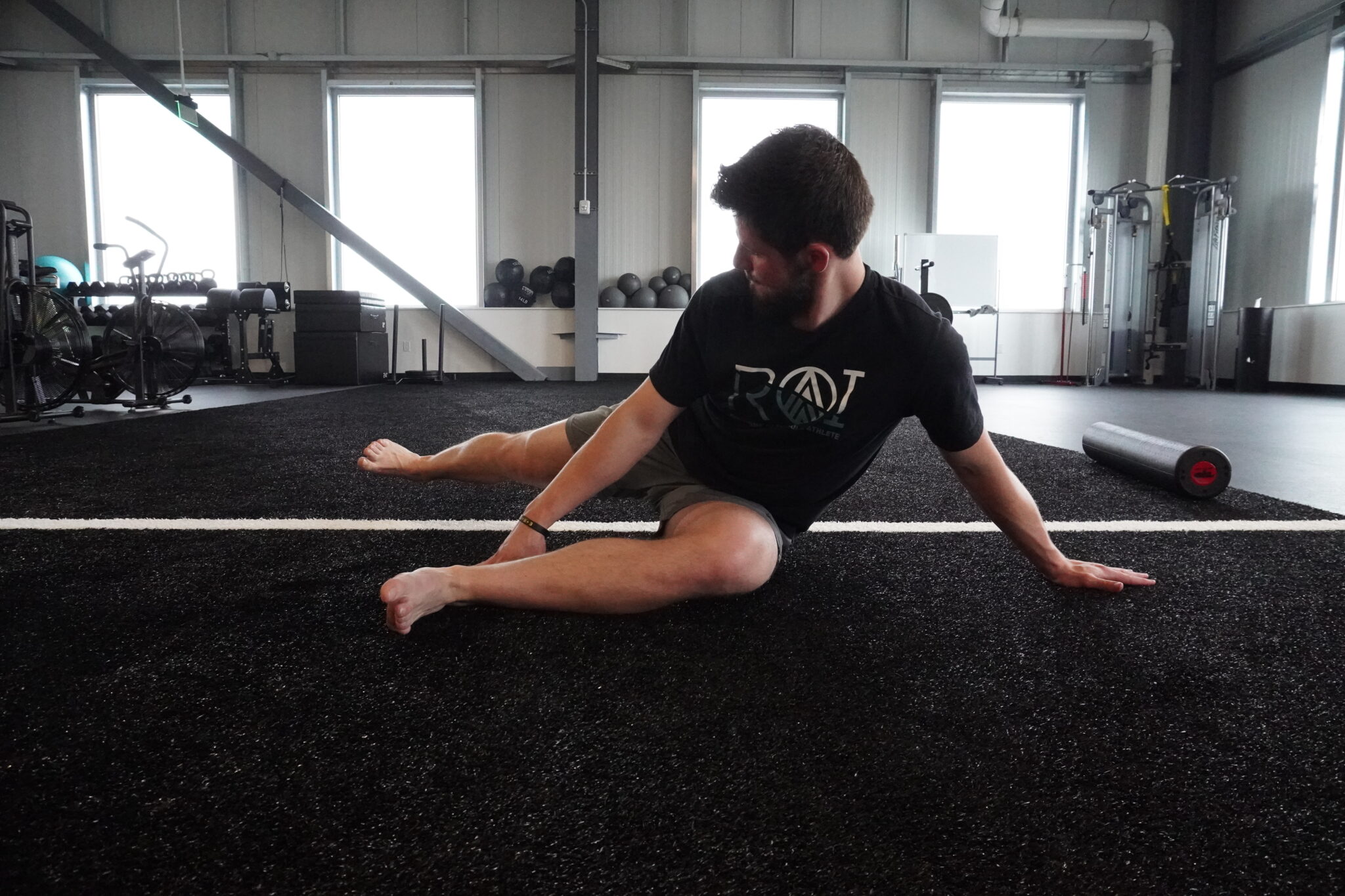There are many sports that people can play for a lifetime like golf, tennis, and swimming. In addition to those sports, there are so many recreational activities and great ways to stay in shape as we age. In order to enjoy sports, leisure activities, and fitness throughout our lives, maintaining optimal physical functioning is essential.
For those who want to remain physically active, taking care of joints and soft tissue is of utmost importance. That’s where functional range conditioning comes in. Functional range conditioning (FRC) aims to improve joint mobility, strength, and control through using a combination of stretching, mobility drills, and isometric strengthening exercises. Read on to learn everything you need to know about functional range conditioning.
Developed by a doctor: FRC was developed by Dr. Andreo Spina, a renowned musculoskeletal expert. Dr. Spina holds a Bachelor of Kinesiology degree from McMaster University in Canada. A kinesiologist and a Doctor of Chiropractic, he also completed a graduate fellowship in Sports Sciences. All of this education and experience helped to lead Dr. Spina to develop the comprehensive joint training system. FRC is based on scientific principles and research; the creative and groundbreaking techniques of FRC are now implemented worldwide.
Not your average physical therapy: The goal of FRC is to address joint health and other issues that traditional physical rehab and fitness programs might not address. FRC focuses on joint mobility as a requirement for functional movement. Training with FRC even improves the function of the nervous system.
FRC has many functions: Functional range conditioning helps increase the ability to control one’s body. It also helps to develop joint strength and improve mobility. Altogether, these benefits help to stave off injuries.
Protect your body: FRC’s benefits help to make joints tough and hardy. It helps connective tissue to be more durable, and overall, it can decrease pain in the body.
Optimizes performance: FRC strengthens the body so that it can perform any task from competitive and recreational sports to daily tasks.
Boosts longevity: Perform your best throughout your lifetime. One of the greatest aspects of FRC is its focus on the future. FRC helps to improve athletic performance, and it also promotes a long life for the body’s connective tissue.
Targeted exercises: A core tenet of FRC is that mobility can be improved through specific exercises. These exercises aim to improve the range of motion in joints. FRC is done through things like balance training, lifting analysis, resistance training, speed and agility training, and sports specific training. The FRC system focuses on training the body’s joints in many different planes of motion. Moving freely and easily is an ultimate goal.
Making moves: There are a number of different moves that can be included in a functional range conditioning program. Here are a few different examples:
- Hip CARs (controlled articular rotations): Hip CARs involve rotations of the hip joint in a circular motion. This exercise starts with smaller movements, with the goal of gradually increasing the range of motion.
- Shoulder dislocates: This movement involves holding a stick or a resistance band with both hands, moving it overhead and behind the back. This helps to stretch the shoulders and improve mobility.
- Squats: Squatting is a good exercise for mobility. It can help to strengthen hips, knees, and ankles—with or without weight.
- Lunges: Lunges are helpful for improving the range of motion in the hips and legs. These also can be done with or without weight.
- Cat-cow stretches: Often employed as a yoga pose, cat-cows involve arching the back and then rounding it. This helps to stretch the spine and improve mobility.
- Foam rolling: This exercise, with the help of a foam roller, is a myofascial release technique that can help with increasing mobility and reducing muscle tension.
Gaining momentum: FRC is becoming more common for athletes and active people who want to improve mobility and reduce injury. In recent years, it has become more popular in the fields of sports medicine and fitness. Physical therapists and chiropractors often put FRC into practice for rehabilitation as well.
Tailored to an athlete’s needs: A targeted FRC program should focus on an athlete’s needs and abilities. Working with a qualified fitness professional will help to ensure that an individual FRC program is designed just for your needs.
The perfect place for FRC: At ROI, the strength and conditioning coaches are experts in helping clients with designing personalized programs that include just the right exercises and therapies. The programs at ROI often focus on movement variability, power, and injury prevention.
Functional range conditioning is innovative and invaluable. Adding FRC to a training or rehab routine can be a game-changer. ROI offers services in physical therapy, strength and conditioning, nutrition, athletic training, blood flow restriction training, massage, and recovery. Learn more about functional range conditioning and all of the services offered at ROI.

